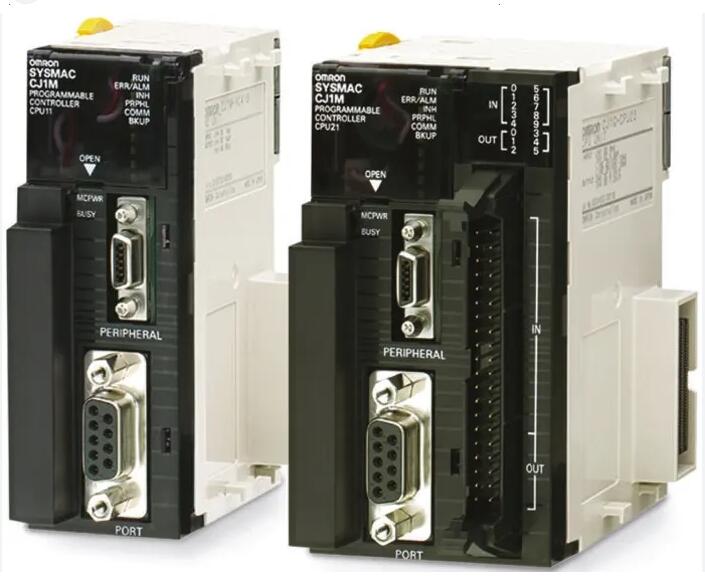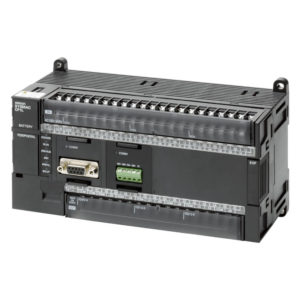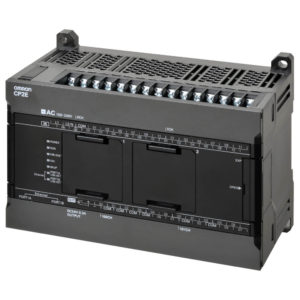Description
Pros:
- Compact and Modular Design
- Pro: The CJ1M CPU13 is designed to be compact, making it suitable for environments where space is limited. Its modular construction also means you can expand it easily with additional I/O modules, communication units, and other peripherals as your system grows.
- High Performance
- Pro: This PLC offers fast processing speeds and high input/output capabilities, which is ideal for complex automation tasks or systems requiring quick response times.
- Advanced Networking Capabilities
- Pro: The CPU13 supports multiple communication protocols (like Ethernet/IP, Profibus, and Modbus), allowing seamless integration with other automation systems, remote I/O devices, and safety equipment.
- Safety Features
- Pro: In applications where safety is critical, such as in safety-related circuits or machinery, the CJ1M can be integrated with additional safety modules, making it suitable for use in safety-critical applications. It is compatible with Omron’s safety relay systems, adding an extra layer of protection.
- Flexible Programming Environment
- Pro: Programming the CJ1M is flexible, thanks to its support for multiple programming languages like Ladder Logic, Function Block Diagram, and Structured Text. This makes it easier for engineers to implement complex automation processes.
- Reliability and Durability
- Pro: Omron is known for producing reliable, durable products, and the CJ1M CPU13 is no exception. Its components are built to withstand harsh industrial environments, including temperature extremes, vibration, and electrical noise.
- Good Support and Documentation
- Pro: Omron offers solid technical support and comprehensive documentation, including manuals, tutorials, and troubleshooting guides, making system setup and maintenance easier.
Cons:
- Cost
- Con: While the CJ1M CPU13 offers high performance, it can be relatively expensive compared to other PLCs in the same category, especially when you factor in the cost of additional modules and peripherals.
- Limited I/O Capability
- Con: The base unit of the CJ1M CPU13 comes with limited I/O points, which may not be sufficient for very large systems. You will need to purchase additional I/O modules, which increases the overall system cost and complexity.
- Outdated by Modern Standards
- Con: Although still widely used, the CJ1M series is somewhat outdated compared to newer models in Omron’s CJ2 series or other manufacturers’ modern PLCs. These newer models offer better processing power, communication capabilities, and integrated safety features.
- Programming and Setup Complexity
- Con: While the programming environment is flexible, it can also be complex, particularly for engineers new to Omron PLCs or those switching from other platforms. The learning curve can be steep, and troubleshooting issues without proper training can take more time.
- Limited Advanced Safety Features
- Con: While the CJ1M can handle basic safety functions, it lacks advanced safety functionalities (like SIL2/SIL3) found in more specialized safety PLCs. If your application requires high-level functional safety (for example, for SIL2/3 certified machinery), you may need to consider a more specialized safety PLC.
- Limited Processing Power for Complex Systems
- Con: The CJ1M is ideal for small to medium-sized automation systems but may struggle with more computationally demanding tasks or larger-scale installations. In cases requiring more powerful data processing or handling large amounts of data, newer models with more processing power are recommended.
- Older Programming Software
- Con: The programming software (CX-Programmer) can feel a bit dated compared to the modern interfaces used by newer Omron PLCs. Some users may prefer more intuitive software solutions.
Q&A Summary:
Q1: Is the CJ1M CPU13 suitable for large-scale automation systems?
A1: It is ideal for small to medium-sized systems, but for large-scale or highly complex systems, newer models (e.g., CJ2) may offer better performance and scalability.
Q2: Can the CJ1M CPU13 handle safety-critical applications?
A2: Yes, but it’s more suited for basic safety functions. If you need high-level safety compliance (e.g., SIL2/SIL3), a dedicated safety PLC would be a better choice.
Q3: How does the CJ1M CPU13 compare to modern PLCs?
A3: It is reliable and performs well for many applications, but it lacks some of the advanced features and speed of newer models. Modern Omron PLCs (like the CJ2) or those from other brands may offer better performance and more advanced features.
Q4: What are the major drawbacks of using the CJ1M CPU13?
A4: The main drawbacks include its limited I/O points, higher cost, limited processing power for complex systems, and somewhat dated programming environment.
Q5: Can I use the CJ1M CPU13 in industries with strict safety requirements?
A5: Yes, but for highly regulated industries requiring extensive safety features (such as SIL2/SIL3), a more specialized safety PLC might be more appropriate.
Let me know if you need further details on specific aspects!




Reviews
There are no reviews yet.